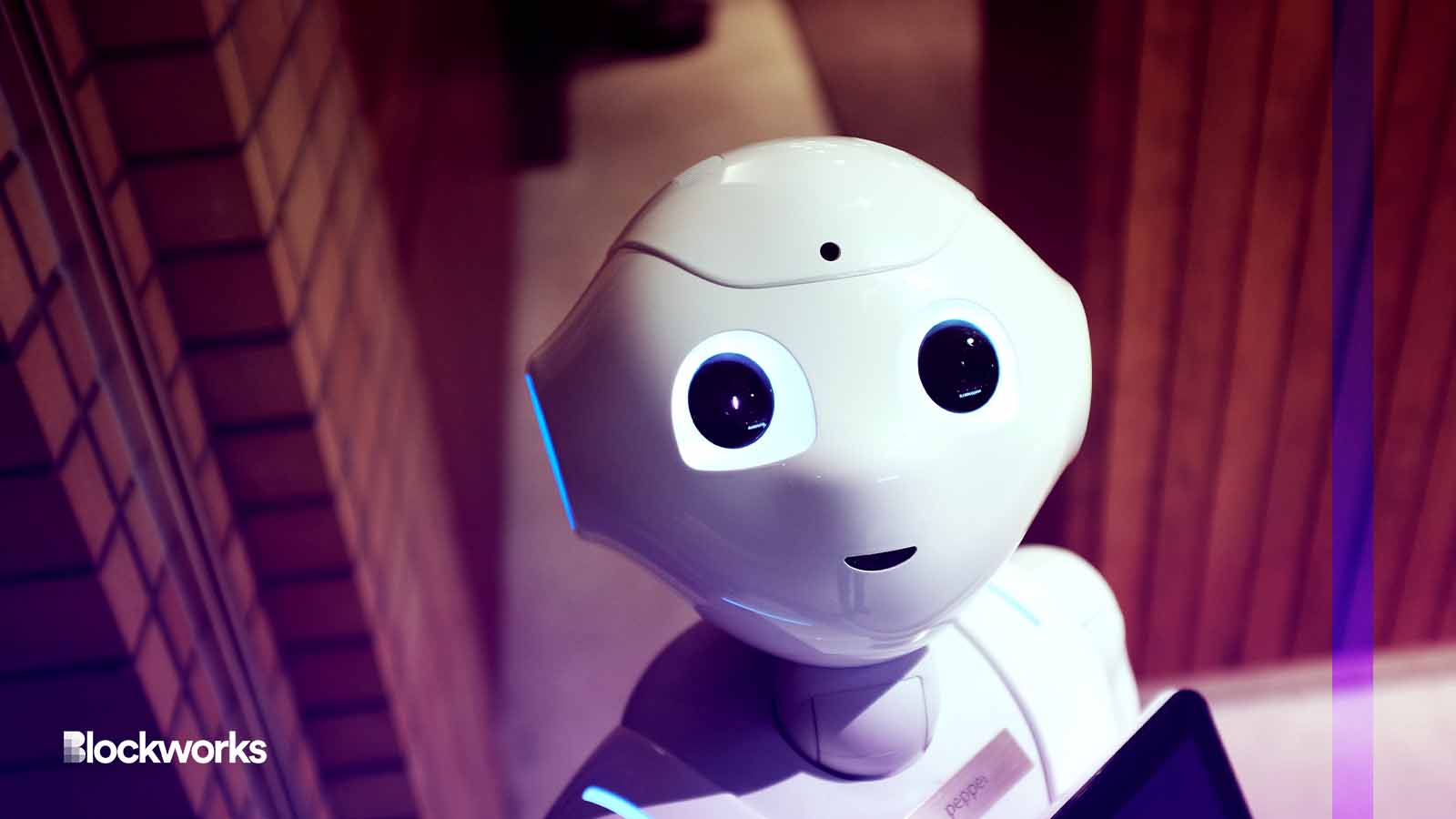Bitcoin miners seek revenue with AI, high-performance computing
Crypto miners like Hut 8 and Hive Blockchain are diversifying into non-mining services and focusing on high performance data centers for AI and computing needs

Alex Knight/Unsplash modified by Blockworks
A number of bitcoin miners are pushing to diversify revenue streams by exploring alternative sources outside of crypto.
Hut 8 has embraced this trend by expanding into non-mining services. In June, it signed an agreement with Canadian health authority Interior Health to provide colocation services from its Kelowna data center until 2028.
“We’ve been investing in our high-performance computing business, as well as in our customers, and are proud to expand our services further into the health sector,” said Josh Rayner, vice president of high performance computing at Hut 8.
“In an increasingly interconnected world, businesses are demanding more reliable, secure, and scalable hosting options to ensure optimal performance and uninterrupted operations.”
Hut 8 told Blockworks that it had acquired five conventional cloud and colocation service data centers in January 2022. The firm’s revenue from bitcoin mining fell 70% in the first quarter of 2023 to $14.5 million, while revenue from HPC operations rose 36% from the comparable quarter to $4.5 million.
“In addition to serving approximately 370 customers across nearly every industry sector, we have also worked with clients on their AI projects, which generally require significant computing power that is easily scaled over shorter periods,” a spokesperson said.
In another example, UK-based XYZ AI partnered with Hut 8 when it found itself in need of about 200 Graphic Processing Units (GPUs) to fuel its AI software, which converts text into 3D objects.
The focus on non-mining activities comes as Hut 8 faces a significant setback in its bitcoin production. Over the past two quarters, its production plummeted by more than 50%, primarily due to challenges in energy supply.
Supplementing bitcoin with AI
Sydney-based Iris Energy recently disclosed an equal emphasis on its high-performance data center strategy alongside its mining operations, indicating that both aspects are equally important to its bottom line.
In fact, the company’s core operations revolve around running exceptionally efficient data centers, making it more than just a mining operation.
This enables businesses needing real-time cloud computing, collaborative shared drives, minimal latency and computing power to depend on the company for their requirements.
In pursuit of its data center strategy, the company forged a partnership with Dell Technologies in March 2020.
Through a memorandum of understanding, Iris and Dell joined forces to develop data center solutions for energy-intensive applications.
Iris’ pivot to HPC was announced June 20, so any fresh HPC revenue would be shown in future quarterly reports.
The company has primarily been reliant on revenue generated from bitcoin mining. But during the period from Feb. to May, the company experienced a big drop of 34% from crypto operations.
Capturing potential revenue
Vancouver-headquartered Hive Blockchain shares a common focus in harnessing the power of high-performance data centers.
In Feb. 2023, Hive noted that its high-performance computing strategy took time to fully implement, but that it’s now witnessing significant month-over-month growth.
In its latest reported quarter, Hive’s revenue from bitcoin mining dropped by 51% to $14.3 million.
The miner highlighted progress in its high performance computing revenue strategy, which it says is on track to reach an annual run rate of $1.3 million. Hive anticipates 10x growth in its HPC sector over the next year.
The company attributed a surge in demand for high-quality chips to the global appetite for AI projects ChatGPT, medical research, machine learning and rendering.
Looking ahead, Tirias Research projects that the expenses associated with AI data center server infrastructure and operational costs will exceed $76 billion by 2028, highlighting the growing significance and investment in this sector.
These changes show how crypto miners are expanding their income sources, giving equal importance to data center operations, teaming up with key partners and grabbing opportunities as they arise in the industry.
Get the news in your inbox. Explore Blockworks newsletters:
- The Breakdown: Decoding crypto and the markets. Daily.
- 0xResearch: Alpha in your inbox. Think like an analyst.






